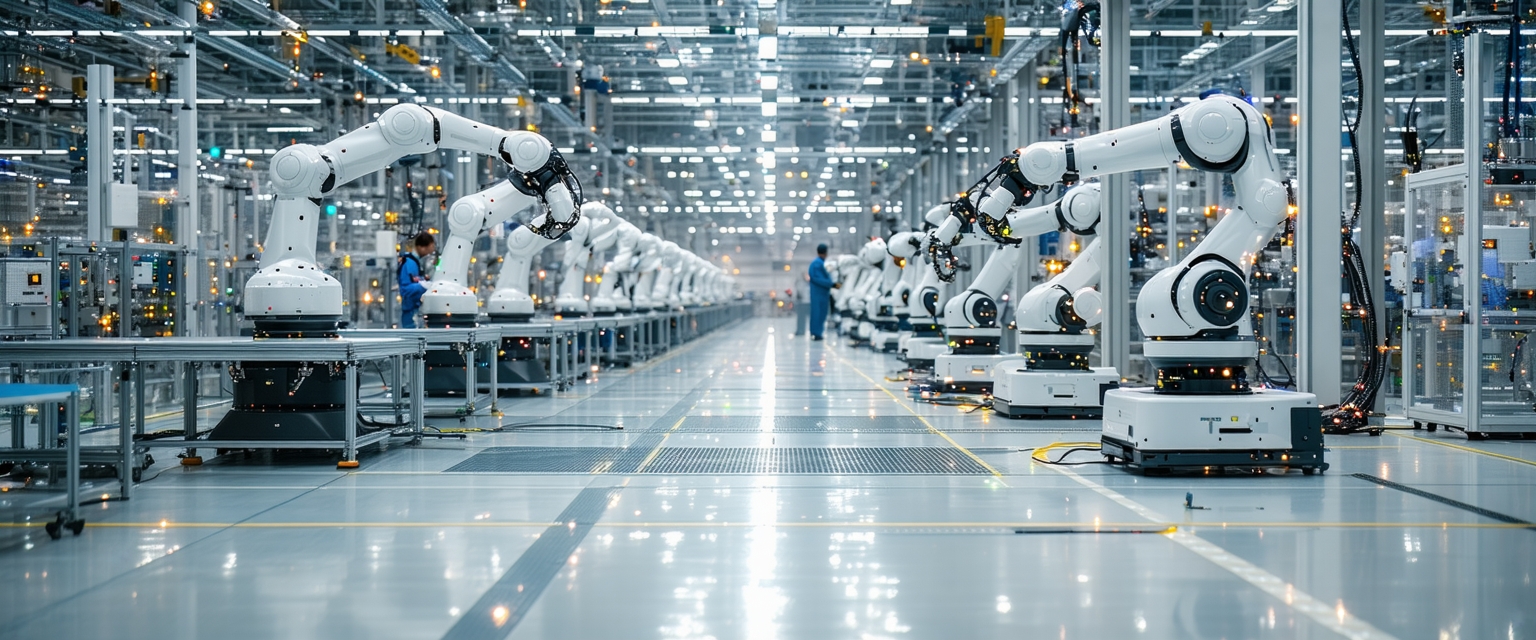






Smart manufacturing is rapidly evolving, driven by advancements in artificial intelligence, machine learning, and the Internet of Things (IoT). Recent developments are significantly impacting productivity, efficiency, and sustainability across various industries.
Traditional manufacturing processes often rely on manual labor and outdated technologies, leading to inefficiencies and higher costs. Smart manufacturing aims to address these challenges by integrating digital technologies to optimize every stage of the production process, from design and planning to manufacturing and delivery.
This involves the use of sensors, data analytics, and automation to monitor equipment performance, predict maintenance needs, and improve overall quality control.
Recent breakthroughs in AI-powered predictive maintenance are allowing manufacturers to anticipate equipment failures with greater accuracy, minimizing downtime and reducing maintenance costs. This is achieved through machine learning algorithms analyzing real-time data from connected machinery.
Furthermore, the increased use of digital twins – virtual representations of physical assets – is enabling manufacturers to simulate and optimize production processes before implementation, leading to improved efficiency and reduced waste.
The adoption of smart manufacturing practices is leading to significant improvements in productivity and efficiency. Businesses are experiencing reduced operational costs, improved product quality, and enhanced supply chain resilience.
Moreover, the increased data visibility provided by smart manufacturing systems enables better decision-making, leading to more agile and responsive businesses capable of adapting quickly to changing market demands.
The future of smart manufacturing involves further integration of advanced technologies like edge computing, blockchain, and augmented reality. Edge computing will process data closer to the source, improving real-time responsiveness. Blockchain will enhance security and traceability within supply chains.
Augmented reality (AR) will empower workers with real-time information and instructions, improving training and efficiency. The convergence of these technologies promises to unlock even greater levels of automation and optimization.
“`